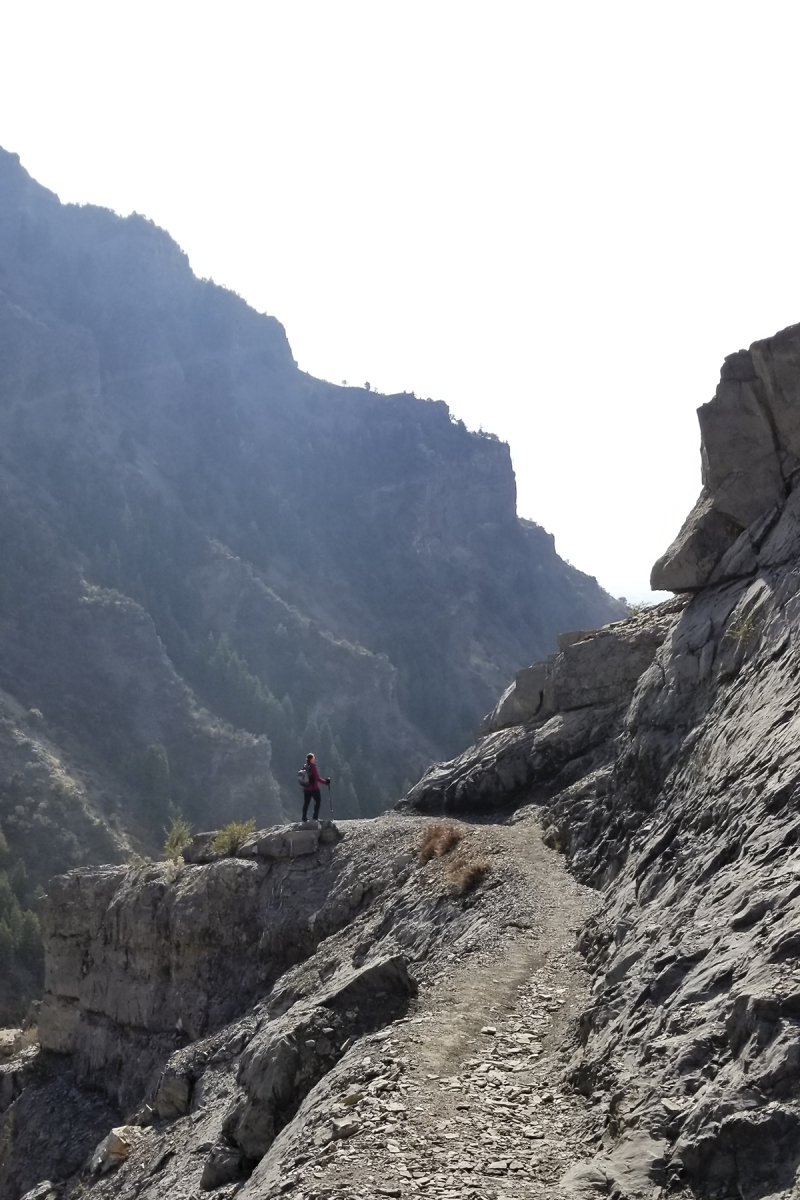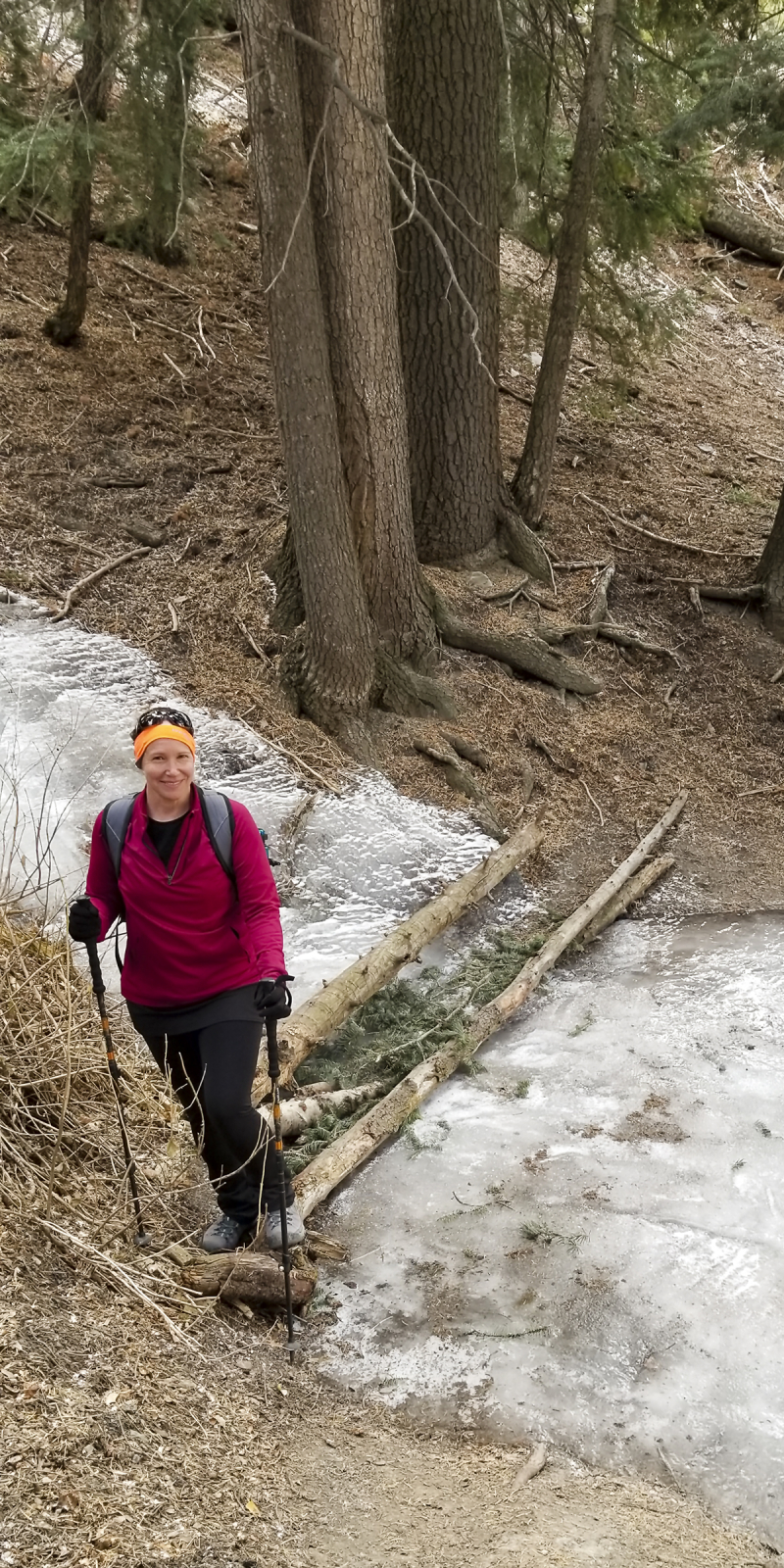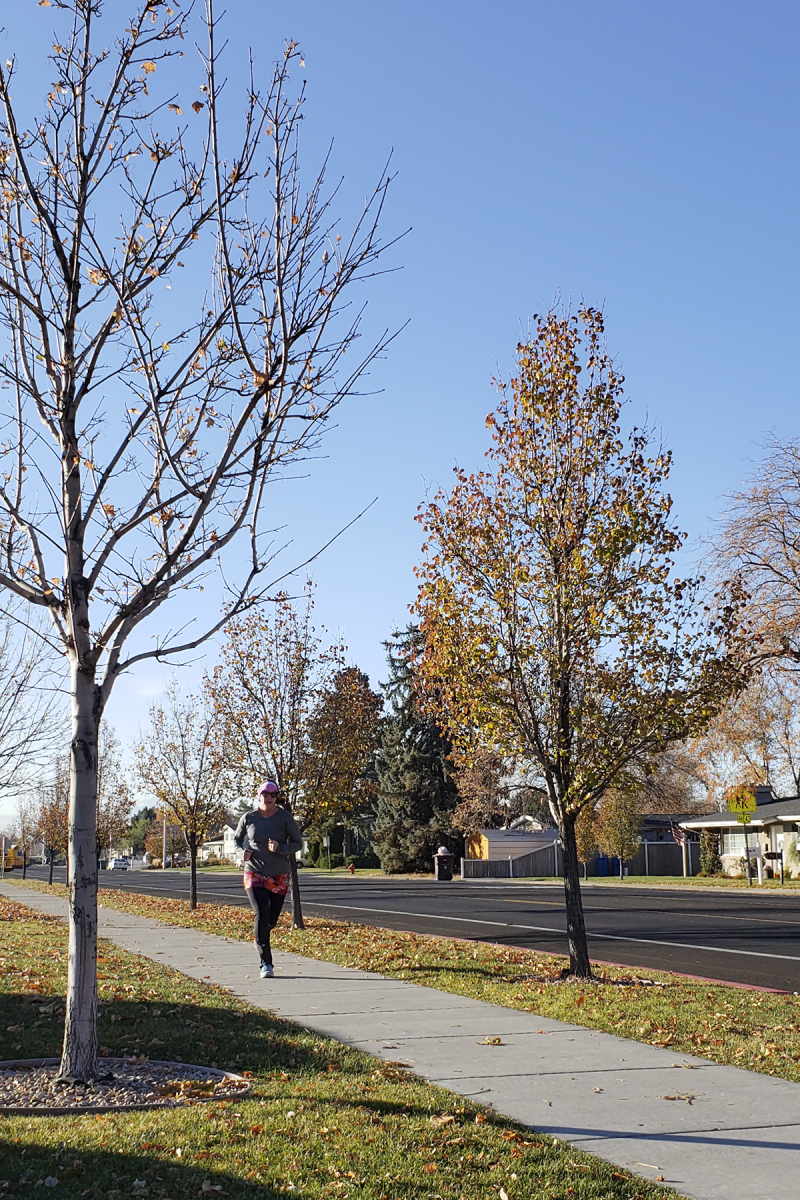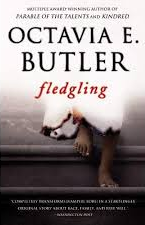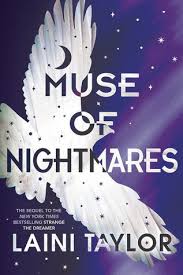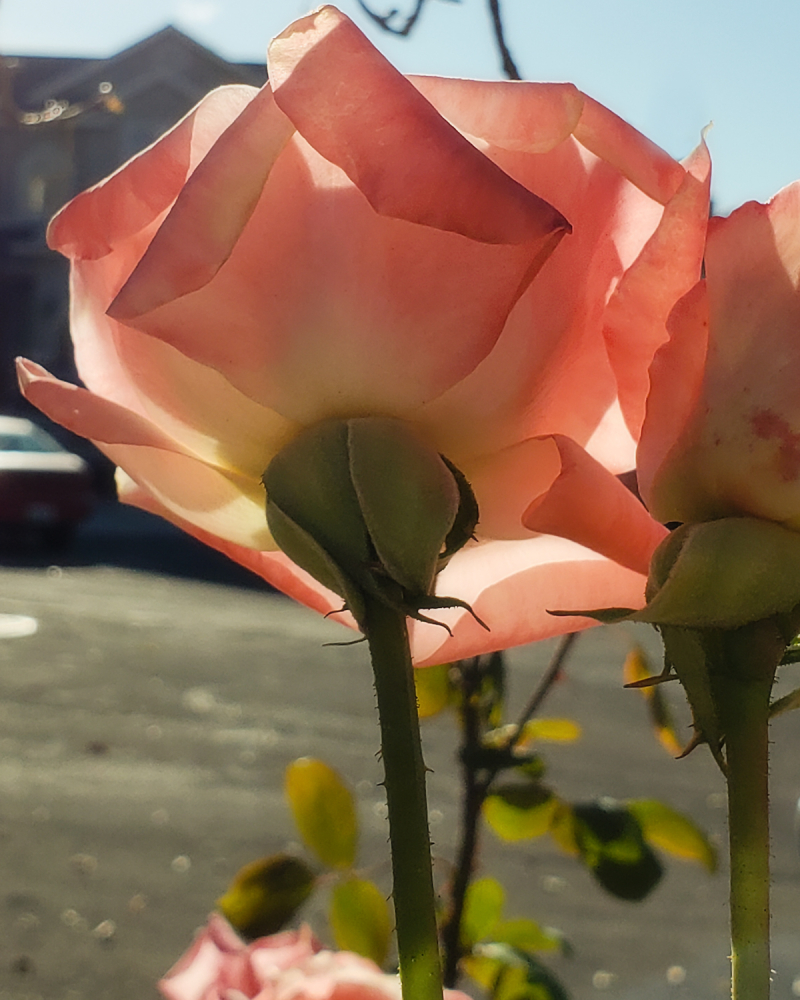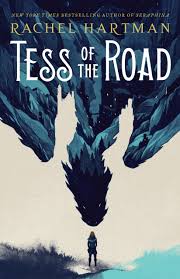Grove Creek Canyon: A Hike Recap
Sunday, November 18, 2018
Despite knee surgery (Kendell) and mysterious knee pain (mine) and whooping cough (mine) and marathon training (also mine), Kendell and I have done quite a bit of hiking this spring, summer, and fall. Almost every weekend, we’ve hiked some trail or other, sometimes with Nathan or Jake along. (When my knees were really problematic, Kendell took the boys without me, which was a little bit traumatic for me, especially because without me there they didn’t take many photos!) We’ve repeated several trails more than once, especially after my knee injury, because I was limited to not-very-steep trails, and we live in Utah, where steep trails are the norm.
But this morning, when we decided that it would probably be dry enough to hike, and that we could survive hiking in 30 temps, I couldn’t stand the thought of doing a trail we’d already done two or three times before. Even if it meant some elevation gain, I needed to go somewhere new.
And how cool is it that there are still trails close to us that we haven’t hiked yet?
I took him to Grove Creek, a trail about 10 miles north of where we live, on the west face of Timpanogos. He’d never been on it. I had checked it out earlier this week, when I wanted to just sit by the side of a river somewhere, to listen to running water in the trees and be alone for awhile. That day, I drove to the trailhead and walked up for about ten minutes, found a log by the river (well, really: it’s actually a creek) and sat. But I wasn’t alone for long; a man and his daughter came up the trail just about 15 minutes behind me. He walked right over to where I was sitting and asked me if I’d seen the dead deer. As I hadn’t, he told me his story: earlier that day, he’d been running up the trail, came around a curve, and saw a mountain lion pulling a deer off the trail.
As “seeing a mountain lion in the wild” is high on my list of things I hope to witness while hiking, I was intrigued by this story. He showed me where the cougar had pulled the deer into the weeds. It had eaten the muscle of one of the legs, and what looked like most of the internal organs.
After the guy and his daughter left, I went back to the log by the river and waited, hoping the mountain lion would come back, but it never did. (PS: Yes, I know that is crazy. I just…I want the world to be like it should be. The mountains should have mountain lions eating deer in them.)
That’s when I really decided what our weekend hike would be.
The Grove Creek trail starts at a trailhead in the foothills above Pleasant Grove and heads east into Grove Creek Canyon. It is immediately steep, a dirt road that follows the creek fairly closely. Not very far up this road—no more than 10 minutes—there is a trail on the left. (The road ends shortly after this, at what I assume is a mine shaft; there is a metal door in the mountain, but if you speak friend it doesn’t open.) The steepness continues! Eventually it levels out just a little bit, and then it takes a sharp turn west. This made me a little bit anxious, as I thought I’d missed a turn. Most trails along the Wasatch Front go, in some rambling way, right up the canyon, but this was just my first hint at how different this trail is.
There are two very long switchbacks. You go west for about a half mile, and then south, climbing all the while. This is the steepest trail I’ve done in a little while, so I was huffing pretty hard. Most of the trees have lost all of their leaves, but there were some evergreen bushes here and there, and some vibrant purple plants so there was still some color. You’re still just in a landscape that feels like Utah to me: scrub brush and dryness, with the cliffs on the opposite side of the canyon coming in and out of view as the trail winds and dips.
Eventually, the trail gets to another sharp turn. It turns east—and then you realize just how much you’ve climbed. You find yourself high up on the side of the mountain, on a trail that juts up and down, right along the edge of the cliff. It goes over talus slopes of clattering slate and next to towering basalt cliffs lined with white intrusions. Far down below is the creek in the bottom of the canyon; to your right are steep drops. Kendell, who has some fear of heights, was nervous on the spot. I get a little bit nervous sometimes on trails that cut across steep angles, but for some reason (perhaps just my hiking poles) I wasn’t afraid at all.
We followed the trail up to a bench that’s perched near the top of a waterfall, marking the spot where all of that climbing pays off. You turn around to sit and the canyon is below you, forming a ragged, inverse triangle that frames a view of the valley. It was hazy when we were up there (my cell phone gave me that “you should clean your lens” message, but it was because of the haze), but on a clear day it would be an even more beautiful view.
The trail keeps going past the bench. It eventually hooks up to the Great Western Trail and Timpanookee Road. You can also loop somewhere and follow the trail down to Battlecreek Canyon. We were running out of time, so we went for about 20 more minutes past the bench.
I think it’s fairly established that I love hiking. I’ve never really hiked a trail I couldn’t find something beautiful on. But this trail—it was beautiful but also just really fun. That long walk along the side of the canyon was invigorating! After the bench, there’s a bridge across the creek, and then the landscape totally changes. You’re now hiking at the base of tall trees, on a trail that’s soft dirt, pine needles, a shifting carpet of browned aspen leaves. We climbed over a huge fallen tree, which looked like it had come down just yesterday; the broken trunk was still bright and you could smell that woody smell. In a deep, shaded section, the trail meets up with the creek again, as it comes down a pine-lined ravine, and at that part it was frozen solid. Someone else had put some pine boughs across the ice, so we crossed it carefully and kept going. The trial crossed the creek a couple of other times. Finally, we got to a marshy meadow that must be beautiful in the summer. We were out of time and had to turn around, even though we didn’t make it all the way to the meadow at the top.
I loved this trail. It was constantly changing and surprising me. I feel pretty lucky to live so close to so many trails and plan on going back to this one next summer, to see it in green and wildflower colors.
